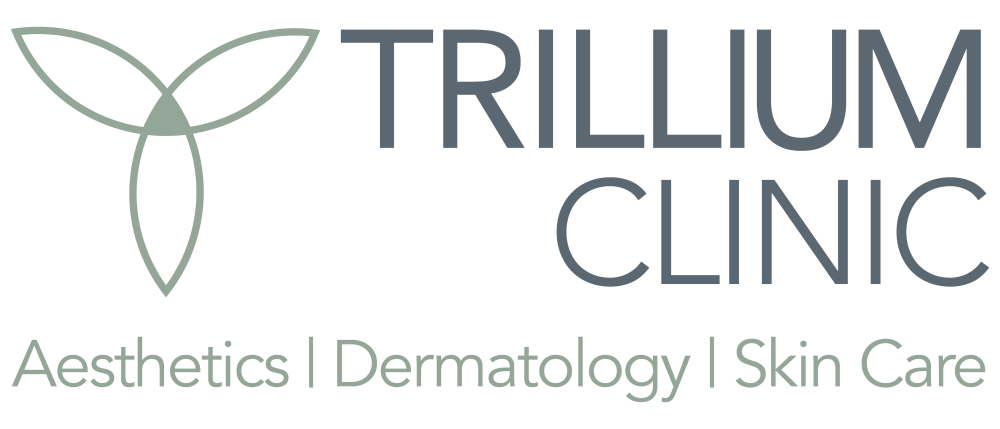Moles are commonly found on skin. Most of the time they are benign (normal) and fortunately, if they are dysplastic (abnormal) they are easily treated when identified early. Unfortunately, delays are relatively common with the long waits for dermatology appointments and delays in treatment can result in progression. Now, you can say goodbye to the overwhelming frustration and anxiety caused by months-long waiting periods for appointments. The Trillium Clinic is proudly redefining the dermatologic care model, ensuring that every patient will be seen within 14 days of requesting an appointment. Step into a new era of patient-centered care, where the agony of waiting for appointments becomes a thing of the past.
What are moles
There are several types of nevi, including:
Common Moles: These are small, round or oval-shaped moles that are usually tan, brown, or black in color. They may be flat or raised and have a smooth or slightly rough texture.
Atypical Moles: Also known as dysplastic nevi, these moles are larger than common moles and often have an irregular shape and color. They may have uneven borders and may be more prone to developing into melanoma (a type of skin cancer).
Congenital Moles: These moles are present at birth or appear shortly after. They vary in size, shape, and color and can be classified as small, medium, or large, depending on their diameter.
What causes moles
The exact cause of nevi is not fully understood, but they are generally considered to be a result of the clustering of melanocytes (pigment-producing cells) in the skin. The development of nevi can be influenced by genetic factors and exposure to sunlight.
How are moles treated
Most nevi do not require treatment unless they become bothersome or show signs of changes that may indicate skin cancer. If a nevus is suspected to be cancerous or poses a risk due to its location or size, it may be surgically excised.
Can moles be prevented
Moles cannot be prevented, but actively monitoring them is important. Regular self-examinations in combination with skin checks by a dermatologist are important to monitor any changes in nevi, particularly in atypical moles, which have a higher risk of developing into melanoma.
It’s important to note that while most nevi are benign (normal) and pose no health risks, changes in size, shape, color, or texture should be promptly evaluated by a healthcare professional. We call this the ABCDs of understanding a mole: Asymmetry, Border, Color, and Diameter (size) Irregularities in the ABCDs of a mole is what makes it concerning to a dermatologist. Additionally, individuals should protect their skin from excessive sun exposure and practice sun safety measures both to reduce the risk of developing new nevi and to prevent skin damage.
Embark of your journey
Regular skin examinations and follow-ups with a dermatologist are recommended for individuals with a history of skin cancer or multiple atypical moles to monitor for any changes or new moles. Early detection and treatment is crucial to prevent the evolution of moles. You should schedule annual skin checks if you are low risk, and more frequent total body skin examinations if you have a history of irregular moles, mole biopsies or other skin cancers. As experts in the detection and treatment of skin cancer, we invite patients from Chapel Hill, Carrboro, Hillsborough, Pittsboro, Mebane, Durham, Burlington, Cary, and surrounding cities, to schedule their total body skin examination with us today. You can self-schedule here or contact us by phone and we will help you find a convenient appointment. Once you arrive, a member of our dermatology team will conduct a comprehensive evaluation of your skin and discuss any findings that may be concerning. Skin cancers can be treated effectively when identified early. Do not put off your annual skin exam any longer!
